Envisioning what's possible means taking views in Parallax.
Innovation requires multiple perspectives. Imagining a future composed of intelligent teams – composed of humans, artificial intelligence, autonomous systems, and other complex entities – means looking at them from every angle.
Envisioning what’s possible means taking views in Parallax.
We must start at the center to advance thinking and push research further—between where we are and where we’re going, between what’s known and what’s unknowable, and from the center of a network of world-class organizations and institutions whose work connects right here.
Because advances don't belong to one domain, they result from critical partnerships. Progress doesn't happen when you stand alone but when we advance together.
Together with academia, we accelerate innovation that leads to breakthroughs. Together with the government, we tackle critical global challenges and deliver new solutions. Together with the industry, we develop groundbreaking ideas and speed them to market.
This is where everything comes together.
This is why Parallax is here.
Here, in the center of the country, we can see beyond the limits of our borders. Here, at the confluence of research and requirements, we can see every step to transition. By examining multiple viewpoints, we can see more and see further.
At Parallax, all we see is possibility.
PARALLAX ADVANCED RESEARCH
Where We Started
Wright State Research Institute (WSRI), founded in 2007, was created to develop high-impact solutions for government, industry, and human performance sponsors through research education and training.
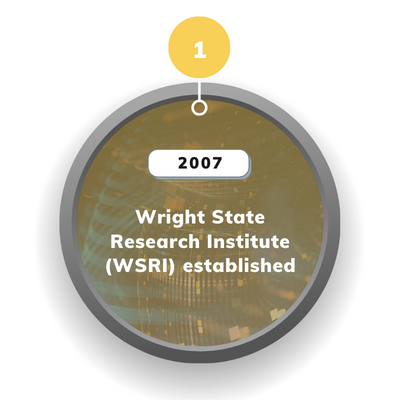
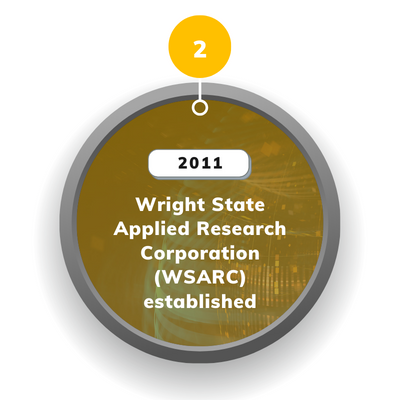
Wright State Applied Research Corporation (WSARC) was established in 2011 as a non-profit 501(c)(3) organization to provide human performance and technology research and efficient and effective contracting, grant and research services.
In 2015, WSARC and WSRI integrated. They provided their clients with skilled management, administration, basic and applied research, and innovation solutions. Its customers and partners also had access to a leading research and development organization with vast intellectual resources. WSARC and WSRI researchers provided unsurpassed expertise, technical solutions, and new levels of capability for U.S. Armed Forces, federal and state sponsors, industry partners, and collaborative organizations worldwide.
In 2015, WSARC, Ohio State University, and the Ohio Department of Higher Education launched the Ohio Federal Research Network (OFRN). OFRN was established as part of Ohio’s Federal and Military Jobs Commission, which was approved by Ohio’s legislature. The OFRN leverages Ohio's public and private research universities, private industry, and federal laboratories to revitalize Ohio’s economy for the 21st century.
Launch Dayton was founded in 2015. It is a collaborative, entrepreneurial support effort that provides Dayton regional entrepreneurs with easily accessible resources, high-caliber programming, and networking opportunities.
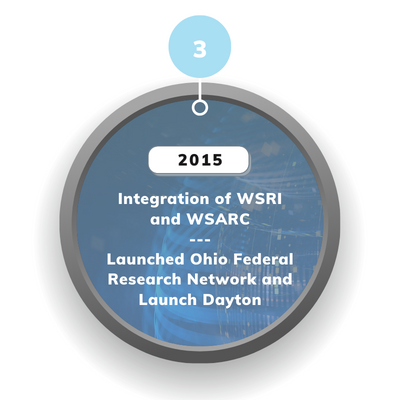
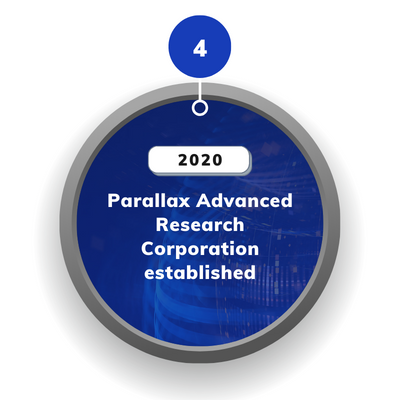
On October 24, 2020, WSARC became an independent non-profit 501(c)(3) organization renamed Parallax Advanced Research. Parallax's mission continues to deliver and provide technology, human, and business solutions for government, industry, and academic clients with critical challenges. Parallax does this via The Science of Intelligent Teaming™.
In October 2022, Parallax opened a new location in Arlington, Virginia. The 2,400 square feet office extends the geographical area of Parallax’s operations, helps Parallax meet its growing talent needs, and gives it a local presence close to key Department of Defense offices, including the Air Force Office of Scientific Research, Naval Research Labs, and Defense Advanced Research Projects Agency (DARPA). Parallax’s Virginia office is a landing point for technical execution and business development. The main work at this office will be implementing advanced artificial intelligence capabilities in U.S. military systems.
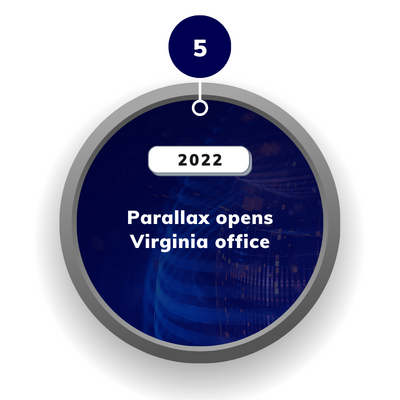
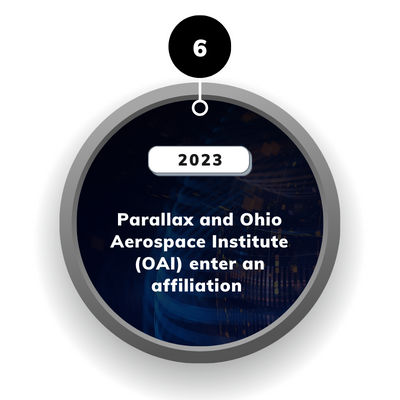
Parallax Advanced Research and Ohio Aerospace Institute announced a joint affiliation agreement between the organizations. The affiliation went into effect on January 1, 2023. Both organizations are 501(c)(3) non-profits, and each will retain their respective, non-profit status with integrated operations.
